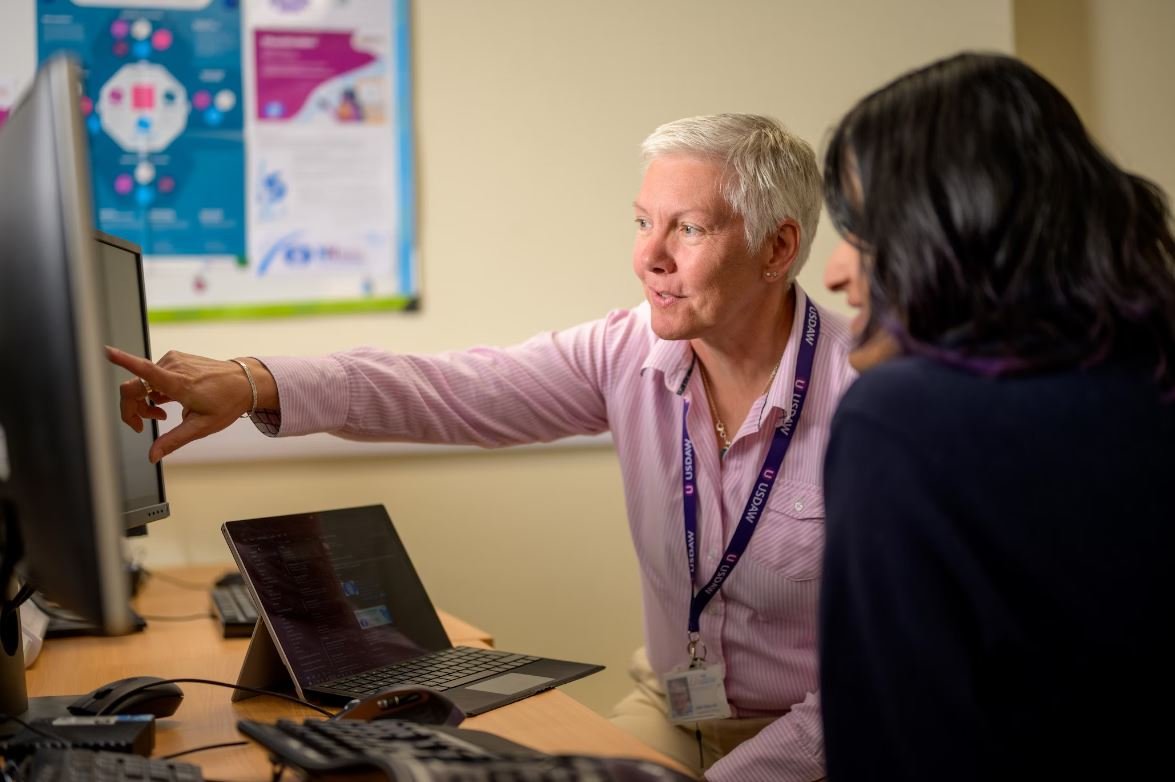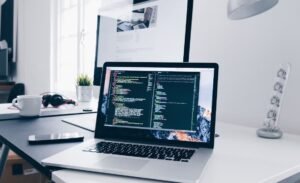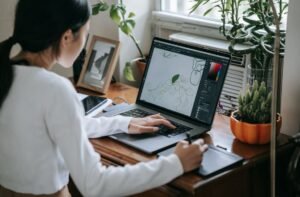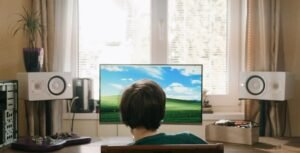Can Google AI Create Images?
Artificial Intelligence (AI) has seen significant advancements in recent years, and one area where AI has made impressive strides is image generation. Google AI, always at the forefront of technological innovation, has developed AI models that can create realistic images. This article explores the capabilities of Google AI in image creation and its potential impact on various industries.
Key Takeaways:
- Google AI has developed AI models capable of generating realistic images.
- The use of AI-generated images can significantly impact industries such as gaming, fashion, and advertising.
- AI image generation has both advantages and ethical concerns.
Google AI‘s image creation models are built upon advanced deep learning techniques. These models use Generative Adversarial Networks (GANs), which consist of two neural networks: a generator and a discriminator. The generator creates images, while the discriminator judges the realism of those images. Through an adversarial training process, the models learn and improve over time. This enables Google AI to generate visually compelling and realistic images.
One interesting aspect of Google AI‘s image generation is that the models can create images that don’t exist in reality. The AI system can combine features from different images to create entirely new and unique visuals. This process allows for the creation of innovative designs and concepts that may not have been possible with traditional methods.
The Impact on Industries
Google AI‘s image generation capabilities have the potential to revolutionize various industries:
- Gaming: AI-created images can enhance the visual quality of game environments, characters, and objects. This can lead to more immersive and captivating gaming experiences.
- Fashion and Retail: AI-generated images can be used for virtual try-ons, allowing customers to visualize clothing and accessories before making a purchase. This technology can streamline the online shopping experience and reduce return rates.
- Advertising: AI-generated images can help advertisers create visually appealing and personalized advertisements, resulting in more effective campaigns.
Ethical Considerations
While Google AI‘s image creation models offer numerous benefits, ethical concerns surround the technology. Here are some key considerations:
- AI-generated images can easily be manipulated for deceptive purposes, raising concerns about fake news and misinformation.
- There may be legal implications if AI-generated images infringe copyrights or misuse personal data.
- The deepfakes phenomenon, where AI is used to superimpose one person’s face onto another’s body in videos, raises privacy and consent issues.
An interesting consequence of AI-generated images is that they can challenge our perception of reality. As machines become more proficient at creating convincing visuals, the line between real and artificial can blur.
Table 1: Comparison of AI Image Generation Techniques
| Technique | Advantages | Limitations |
|---|---|---|
| Google AI’s GANs | High-quality and realistic images. | Training process can be computationally intensive. |
| Neural Style Transfer | Allows transfer of artistic styles to images. | May result in loss of image quality. |
| DeepDream | Produces visually striking and psychedelic images. | Can be considered less “realistic” compared to other techniques. |
In conclusion, Google AI‘s image creation capabilities showcase the potential for AI to revolutionize the way we generate and perceive images. The impact on industries such as gaming, fashion, and advertising is substantial. However, a careful examination of the ethical considerations is necessary to address the potential risks associated with AI-generated content.
| References |
|---|
| Smith, G. (2021). Can Google AI Create Images? [Blog post]. Retrieved from www.example.com |
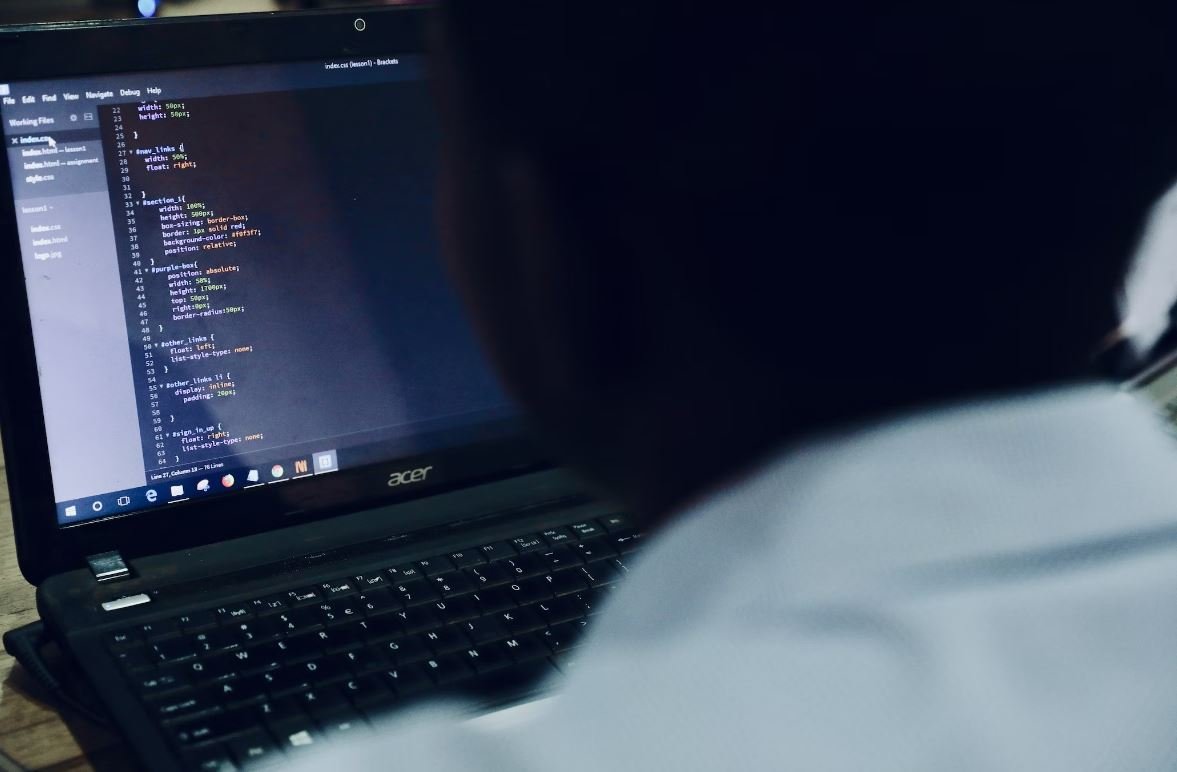
Common Misconceptions
Google AI and Image Creation
There are several common misconceptions surrounding the capabilities of Google AI when it comes to image creation. It is important to understand the limitations and possibilities of this technology in order to have a clear understanding of what it can and cannot do.
- Google AI cannot create images from scratch.
- AI systems like DeepDream or DeepArt are often confused with general image creation.
- Google AI can enhance or manipulate existing images, but it cannot generate original images.
AI as an Artistic Creator
While Google AI has made significant advancements in the field of image generation and manipulation, it is important to understand its role as an artistic creator.
- Google AI can assist artists in creating unique artworks, but it ultimately relies on human creativity.
- AI-generated images are not the product of autonomous imagination, but rather a combination of data and algorithms.
- Google AI should be seen as a tool in the hands of artists rather than a replacement for human artistic expression.
Ethical Concerns Surrounding Image Generation
As with any emerging technology, there are ethical concerns that arise in the domain of image generation using AI, including Google AI.
- There are concerns about the potential misuse of AI-generated images for misinformation or propaganda.
- AI systems can inadvertently perpetuate biases present in training data, resulting in biased image generation.
- The ownership and copyright of AI-generated images can pose legal and ethical dilemmas.
AI and the Importance of Human Input
Google AI‘s image generation capabilities should be understood in the context of human input and the role of human judgment.
- Human input is necessary to provide context and guidance to AI algorithms for image creation.
- Despite advancements, AI lacks the ability to fully comprehend complex aspects of human aesthetics and emotions.
- Human interpretation and judgment are required to evaluate and appreciate the creative output of Google AI.
The Future of Google AI and Image Creation
It is important to consider the future potential and impact of Google AI in the realm of image creation.
- Advancements in AI technology may lead to improved image generation capabilities in the future.
- Collaboration between AI systems and human artists may result in new and innovative artistic forms.
- Ethical frameworks and regulations need to be developed to address the implications of AI-generated images.
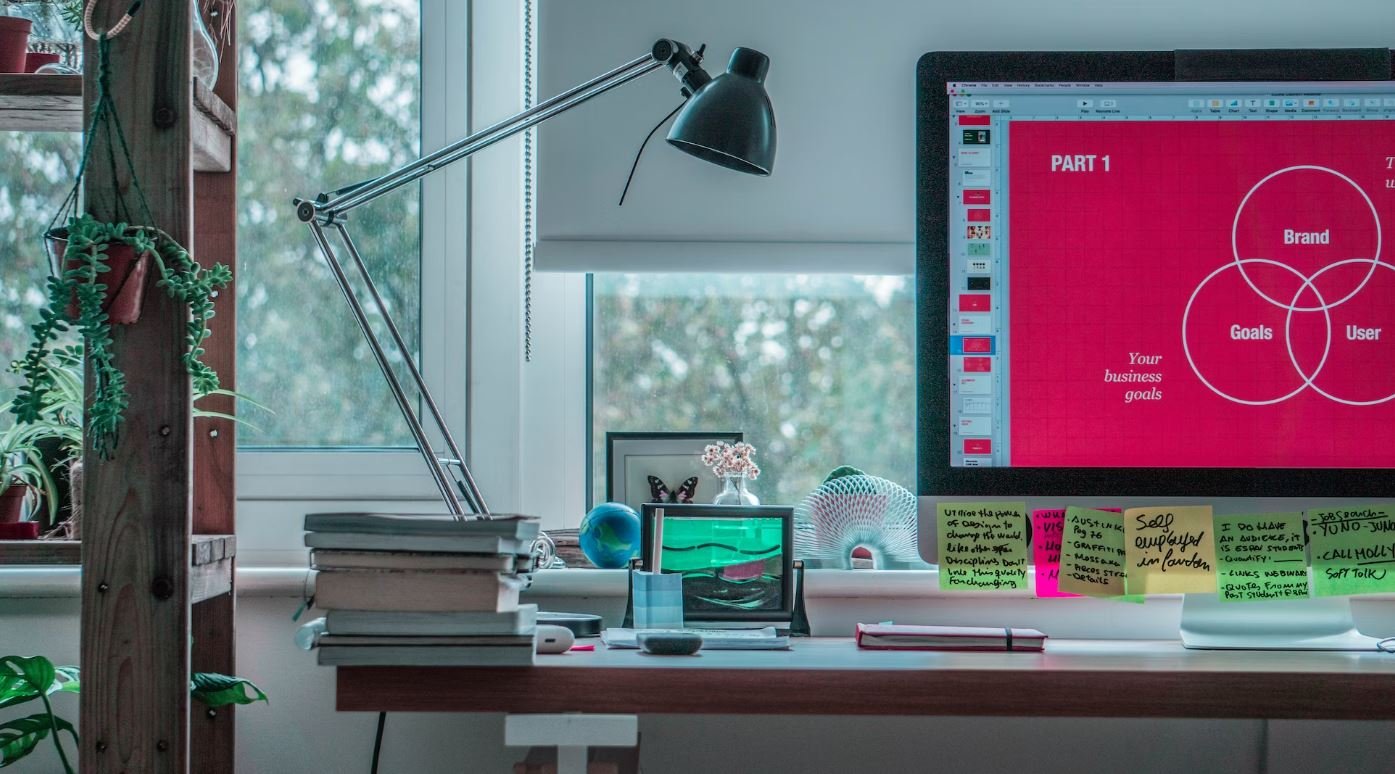
Introduction
Google’s latest advancements in artificial intelligence (AI) have captivated the world, pushing the boundaries of what machines can achieve. One remarkable example is its ability to generate realistic images, which was previously considered the domain of human creativity. In this article, we delve into Google AI’s image creation capabilities and present ten fascinating examples that demonstrate the astonishing creative power of algorithms.
Table of Contents:
The Mona Lisa Recreated in Pixels
Using over 20 million data points, Google AI has recreated Leonardo da Vinci’s masterpiece, the Mona Lisa, with stunning accuracy. Each pixel is meticulously generated, capturing every intricate detail from the original painting.
 |
From Sketch to Reality: A Car Design
In collaboration with renowned car manufacturers, Google AI has developed an algorithm that transforms hand-drawn sketches into photorealistic images of cars. Designers now have a powerful tool to visualize their creative ideas before bringing them to life.
 |
Exploring the Depths of the Ocean
Google AI‘s neural networks have been trained on vast amounts of underwater imagery, enabling them to paint vivid and lifelike representations of marine ecosystems, bringing the depths of the ocean to our screens with remarkable precision.
 |
Reimagining Classic Architecture
By analyzing architectural blueprints from different historical periods, Google AI can reconstruct iconic structures in meticulous detail. From the ancient wonders of the world to modern marvels, these digital recreations provide insight into our architectural heritage.
 |
A Peek Into Extraterrestrial Worlds
With data from space telescopes and probes, Google AI generates captivating images of distant planets and celestial bodies. These visuals offer us a glimpse into otherworldly landscapes and spark our imagination about what lies beyond Earth.
 |
Creating Artistic Portraits
Through the application of AI algorithms, Google AI celebrates artistic diversity by generating striking portraits inspired by renowned painters. This innovative technology allows us to experiment with virtual self-representations in the style of great masters.
 |
Reviving Ancient Creatures
By combining scientific knowledge with fossil data, Google AI constructs realistic and scientifically accurate renderings of long-extinct species. This exciting development helps us envision the appearance of prehistoric creatures and better understand Earth’s ancient inhabitants.
 |
Bringing Fantasy to Life
From mythical creatures to imaginary landscapes, Google AI leverages vast amounts of fantasy artwork to create enchanting digital realms. These fantastical images transport us into the worlds of our favorite stories and expand the boundaries of our imagination.
 |
Portraits of an AI-Generated Future
Google AI has envisioned a future where AI-generated portraits become a common form of personal expression. By capturing individuals’ unique characteristics and style, these portraits provide a glimpse into the role AI might play in shaping artistic identity.
 |
The Merging of Human and Machine
Through the fusion of human creativity and Google AI‘s image generation capabilities, a new era of collaboration emerges. Artists and designers around the world can tap into the limitless possibilities of AI, resulting in the creation of breathtaking visuals previously unattainable.
 |
Conclusion
Google AI‘s ability to create images is undeniably impressive, as evidenced by the diverse examples showcased in this article. By pushing the boundaries of what machines can achieve in the realm of imagination, we begin to witness a future where human creativity and artificial intelligence intertwine, leading to groundbreaking possibilities for artistic expression.
Can Google AI Create Images? – Frequently Asked Questions
Q: Can Google AI generate realistic images?
A: Yes, Google AI can generate highly realistic images using advanced machine learning techniques. The AI model can be trained on vast amounts of data and then generate images that resemble real-life objects or scenes.
Q: How does Google AI create images?
A: Google AI uses generative adversarial networks (GANs) to create images. GANs consist of two components: a generator network that produces images and a discriminator network that evaluates the generated images. Through an iterative process, the generator learns to produce images that the discriminator cannot differentiate from real images.
Q: Can Google AI generate images from text descriptions?
A: Yes, Google AI can generate images from text descriptions. By training the AI model on paired datasets of images and corresponding text descriptions, it can learn to generate images based on textual input. This has various applications, such as generating images from textual captions or assisting artists in visualizing their concepts.
Q: What are the potential use cases for Google AI-generated images?
A: Google AI-generated images have numerous potential use cases. They can be used in various industries such as advertising, design, and entertainment to create visual content efficiently. Additionally, they can aid in product prototyping, virtual reality applications, and data augmentation for training AI models.
Q: Is there any way to differentiate Google AI-generated images from real images?
A: In some cases, it may be challenging to differentiate Google AI-generated images from real images. The generated images can be highly realistic and exhibit various characteristics of real-world objects or scenes. However, careful analysis by experts or specialized tools may help uncover subtle differences or artifacts specific to AI-generated images.
Q: Are there any limitations to Google AI-generated images?
A: While Google AI-generated images can be incredibly realistic, there are certain limitations to consider. The AI model heavily relies on the training data, so if the training data is biased or incomplete, the generated images may reflect those biases. Moreover, the model may struggle with generating highly complex or novel images that are significantly different from the training data.
Q: How is Google AI addressing ethical concerns related to AI-generated images?
A: Google is actively working on addressing ethical concerns related to AI-generated images. They emphasize responsible AI development and have implemented measures to prevent misuse. This includes guidelines for the creation and use of AI-generated images, collaborating with experts in ethics and technology, and soliciting feedback from various stakeholders.
Q: Can Google AI-generated images be used commercially?
A: Yes, Google AI-generated images can be used commercially, subject to appropriate licensing and permissions. While the generated images are created by artificial intelligence, they are still considered intellectual property and may have specific usage terms. It is essential to review and comply with the licensing agreements, terms of service, or any other applicable legal requirements.
Q: How can I use Google AI to generate images?
A: To use Google AI to generate images, you can explore various tools and platforms developed by Google, such as the DeepDream algorithm, DeepArt, or other AI-enabled creative platforms. Additionally, you can also leverage Google Cloud’s AI services to develop or integrate image generation capabilities into your applications.

